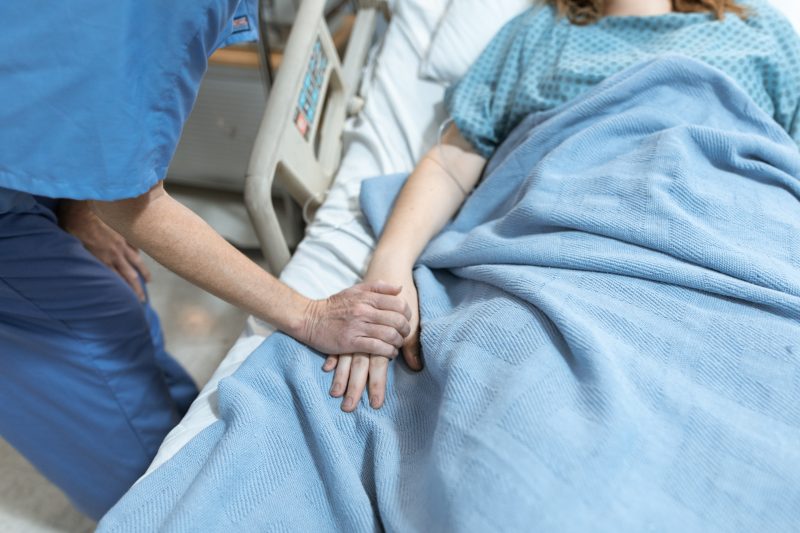Due to budget cuts on health services, single handed care is becoming more common place. Simply put, single handed care is the practice of one person delivering care to a patient, where there would have typically been multiple carers.
There are many advantages to single handed care, however it does take some adjustment and usually requires the use of additional equipment.
Advantages of single handed care
The advantages of single handled care include:
Improved continuity of care for patients –
When one carer is responsible for a patient, they get to know them better and can build up a rapport. This can lead to better outcomes for patients as they feel more comfortable communicating with their carer and are more likely to adhere to treatment plans.
Reduced number of missed care opportunities
Having one carer responsible for a patient ensures that all care opportunities are captured.
Increased efficiency and productivity
Carers are not waiting around for other members of the team. This can free up time to spend with patients, providing them with much needed support and information.
Improved communication between carers and patients
Carers who are able to form trusting relationships with their patients often report increased job satisfaction. This is because they feel that they are making a real difference to people’s lives and are able to have more open and honest conversations.
Challenges of single handed care
Of course, there are some challenges that come with single handed care. These include:
The need for extra equipment
In order to carry out all the required tasks, carers may need additional equipment such as lifting aids and commodes. This can lead to higher costs for care organisations.
Increased risk of injury
Carers may be at increased risk of injury if they are trying to lift patients without the help of another person. This is why it is important that carers receive adequate training in manual handling techniques.
Patients may feel isolated
Some patients may feel isolated if they are the only person receiving care from a single carer. This is something that needs to be considered when planning care, and efforts should be made to ensure that patients still have social interactions with other people.
Equipment for assisting single handed care
Specialised equipment can insure that single handed care doesn’t have a detrimental affect on the care being given to the patient. One of the most difficult aspects of single handed care is the moving and handling of patients. With the right equipment, carers are able to handle patients single handedly with the same level of care and dignity as with multiple carers.
The equipment that can assist with single handed care includes:
Swivel pads
These can be placed under the patient to help them move without the need for manual handling.
Hoists
These can be used to move patients who are unable to weight bear.
Transfer boards
There are a wide range of transfer boards that can assist with single handed care. Transfer boards can be used to reposition or move patients, with less manual handling. This makes them useful for moving and handling patients alone.
Satin slide sheets
Satin slide sheets can hugely assist with moving and repositioning patients single handedly. They consist of a base and draw sheet which work together to reduce friction when moving the patient. They also minimise risk of injury to both the patient and carer during movement and repositioning.
Wedge pillows
Wedge pillows can be used to support patients in a variety of positions. This can make it easier to carry out personal care tasks such as washing and dressing single handedly.
The importance of single handed care
Single handed care is important as it can lead to better outcomes for patients, as well as saving on resources. However, it is important to consider the challenges of single handed care, such as the increased risk of injury, and to have the right equipment to assist with single handed care. With the right precautions in place, single handed care can be an effective way of providing care.
